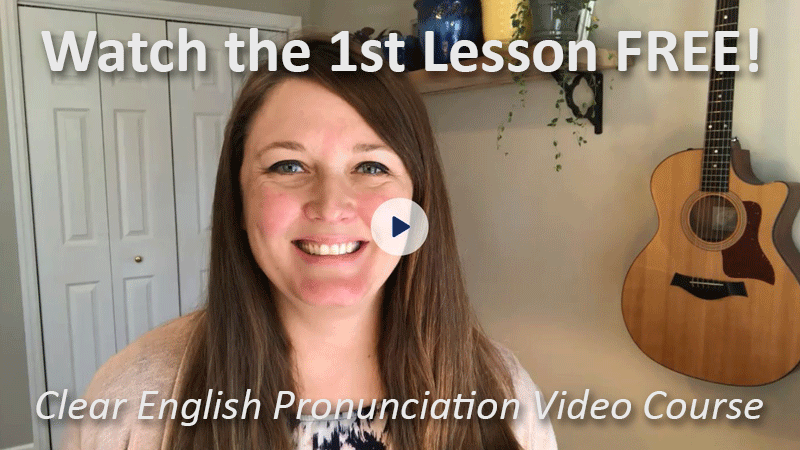
Free vs. Bound Morphemes – What’s the difference?
Morphemes are the building materials of words. They are the smallest units of meaning or grammatical function within a language. Words are constructed out of these building blocks.
For example, look at how these three morphemes create a word:
re- = again
view = to look at
-ed = past tense
re- + view + -ed = reviewed
In English, there are two main types of morphemes: free and bound. Free morphemes are morphemes that can stand by themselves as single words. Bound morphemes are morphemes that must be attached to another form and cannot stand alone. Bound morphemes include all types of affixes: prefixes and suffixes.
Examples of free morphemes
dress
wear
phone
read
berry
fix
free
dog
bake
cause
thought
cross
Examples of bound morphemes
Prefixes:
pre-
re-
non-
un-
be-
anti-
ex-
miss-
de-
dis-
a-
com-
Suffixes:
-s
-ed
-or
-er
-ist
-less
-ful
-ly
-y
-ing
-en
-ance
It’s your turn! Practice joining free and bound morphemes together to make your own words. This practice of morphology will help you understand how words are formed, and can help expand your vocabulary. What words can you create from the free and bound morphemes that I listed above?
To learn more about morphemes, check out my more in-depth post on the different categories of morphemes.
Want to improve your English pronunciation? Join my Clear English Pronunciation video course to speak English clearly. It’s 4 hours of pronunciation practice all the sounds of English. You get lifetime access, and can watch any time from any device. Click here to get started.




this post helped me alot to understand morphemes especially the example given in the beginning. thanx.